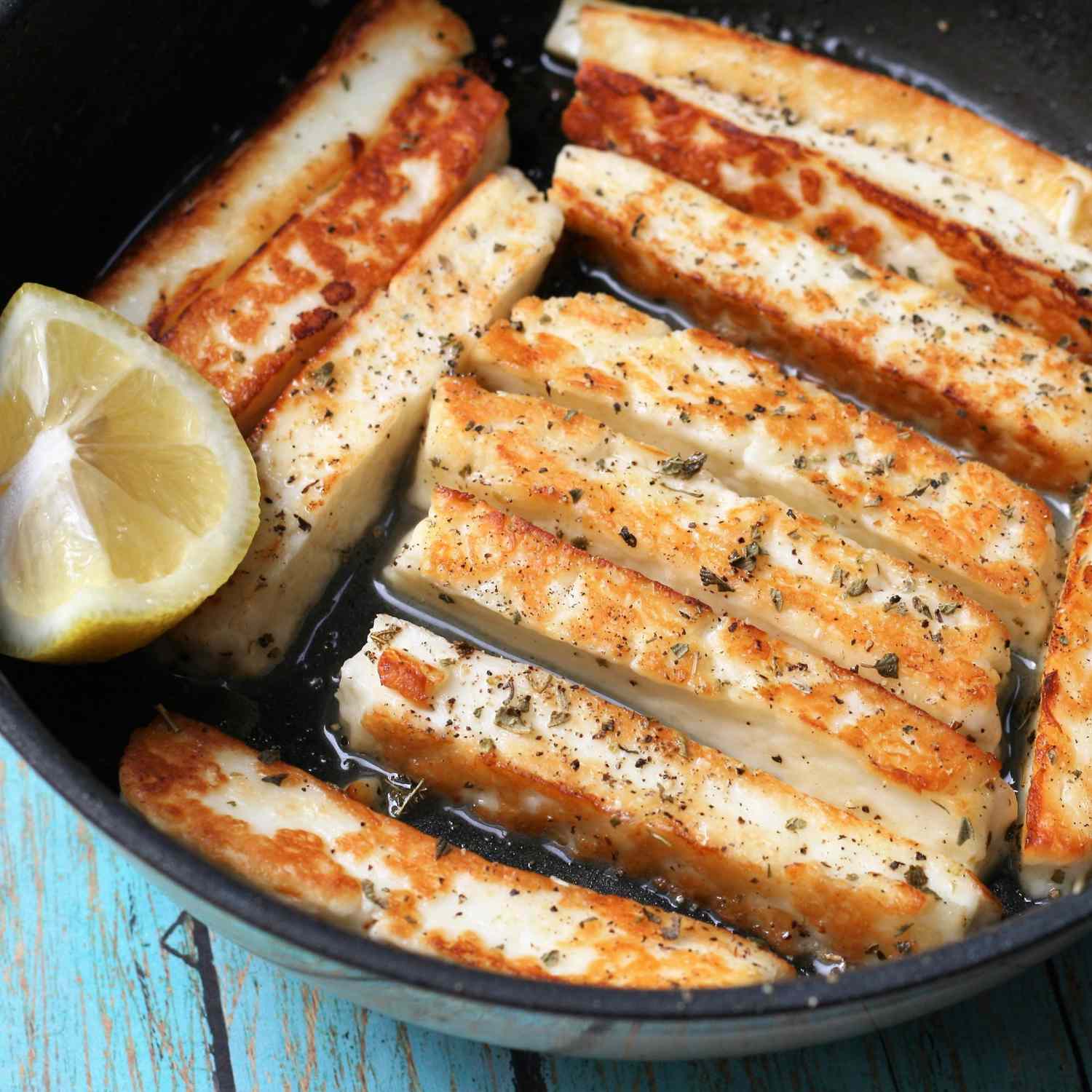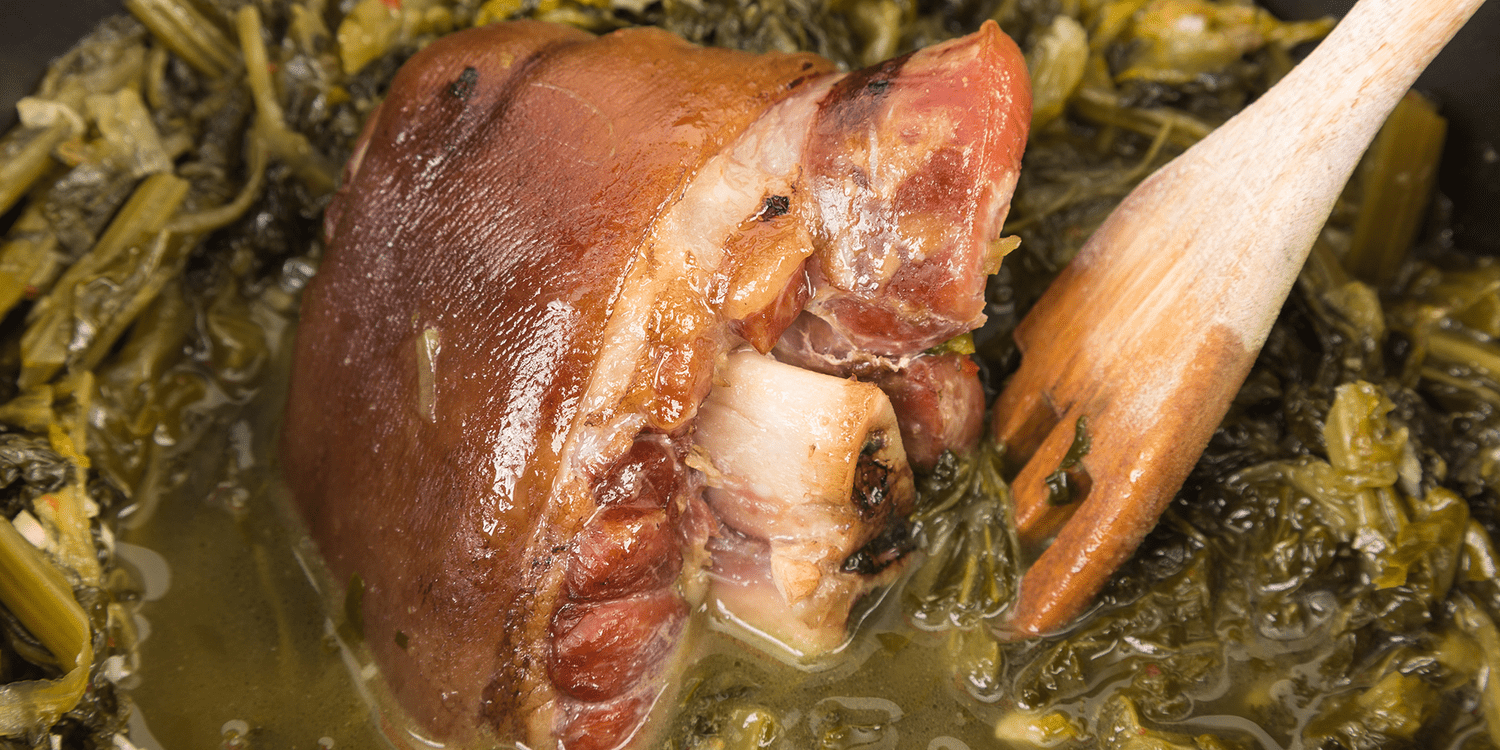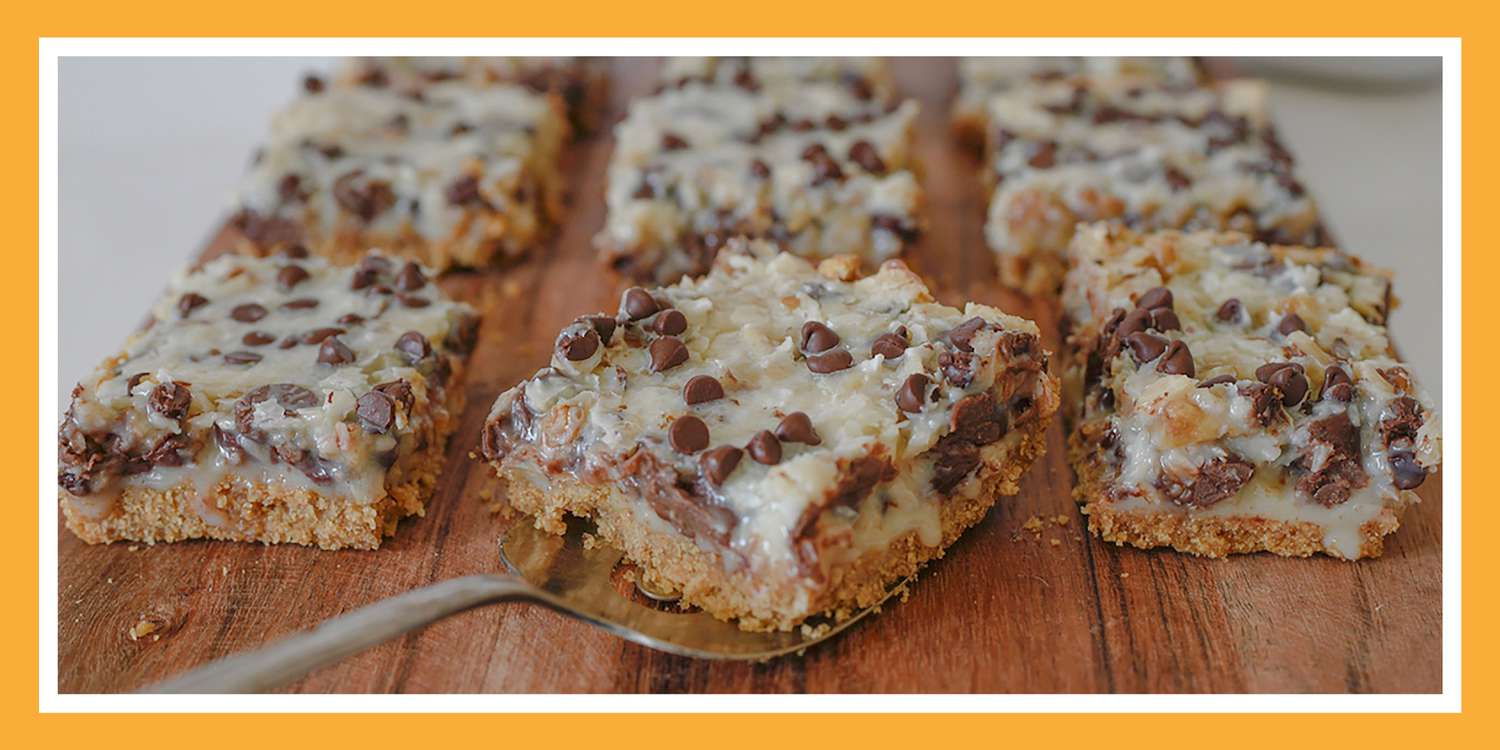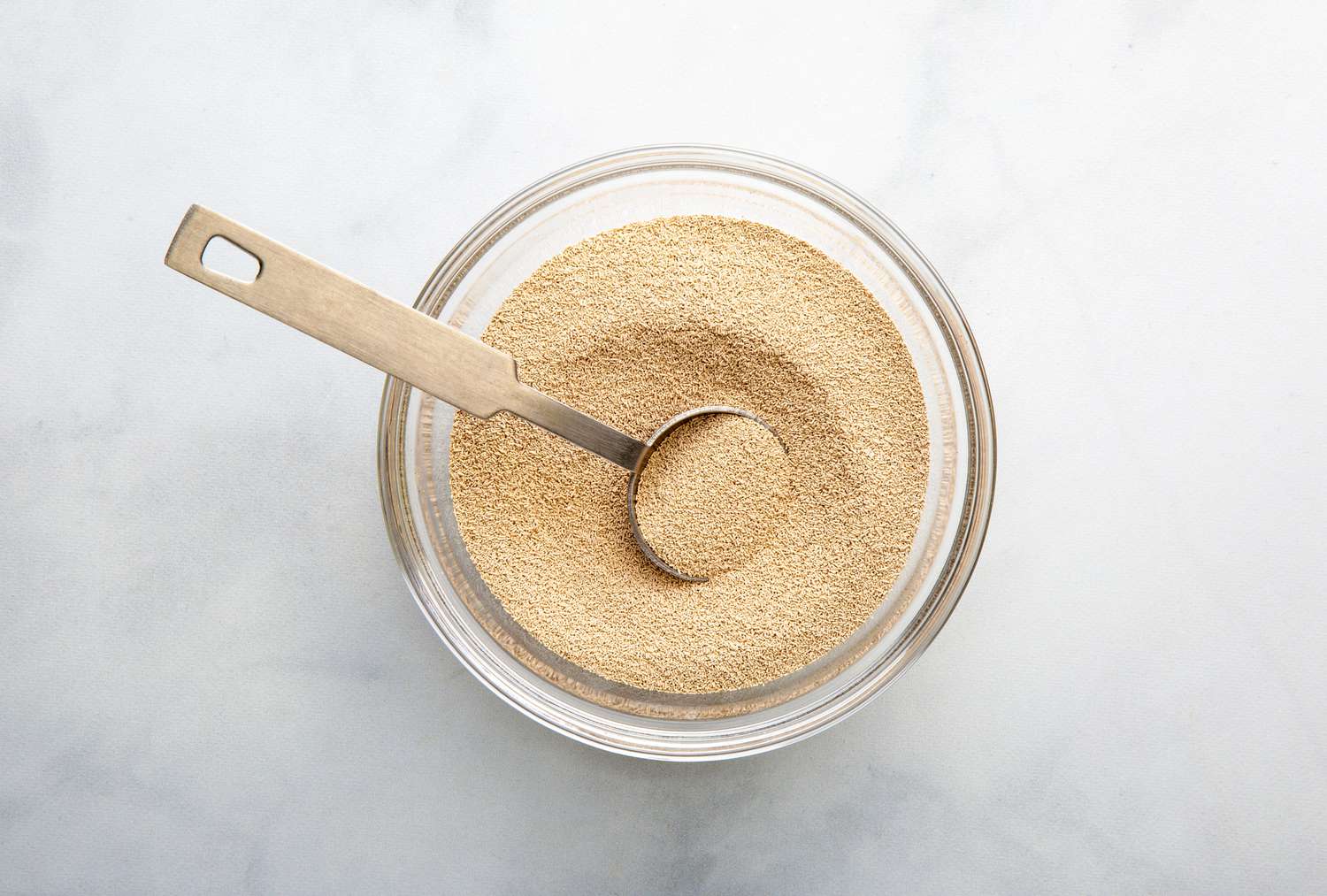As a vegetarian and self-proclaimed cheese connoisseur, I am obsessed with halloumi. It’s salty, chewy, satisfying, and a slightly more grown-up way to eat mostly cheese for dinner. Halloumi is well seasoned, but essentially a blank slate. No matter what’s in your fridge or what you’re in the mood for, halloumi can bring your dinner together.
What Is Halloumi?
Halloumi is a semi-firm, fresh cheese historically made from sheep or goat’s milk, hailing from the island of Cyprus. Similar in texture to a cheese curd, halloumi has a salty taste with a slight tang — similar in flavor to feta. In American grocery stores, you’ll most commonly find halloumi made from cow’s milk, which yields a slightly softer (but just as delightfully squeaky and chewy) texture, compared to the traditional varieties.
Similar to other fresh cheeses like paneer, halloumi doesn’t melt when heated which makes it perfect for things like grilling, frying, or baking. Since halloumi is a dense cheese, it’s packed with protein and can easily hold its own as a vegetarian-friendly protein option. That said, it’s important to note that some halloumi cheese is produced using animal rennet — an ingredient many who follow a vegetarian diet consider off limits. If animal rennet is a product you (or your vegetarian dinner guests) avoid consuming, you’ll want to be mindful when shopping and seek out a brand that uses vegetable rennet to curdle the milk used for their halloumi.
How to Cook Halloumi
Halloumi is the perfect protein to add into your dinner rotation because it is so incredibly easy to cook. It requires almost no prep-work beyond just cutting it into whatever shape you like; and from there, it’s a breeze. The possibilities for this versatile cheese are truly endless. Halloumi naturally plays well with Mediterranean flavors so serving it skewered with veggies on kebabs, as a part of a loaded hummus plate, in a grilled zucchini and eggplant sandwich, or in your favorite salad are all wins.
On the Grill
Because it doesn’t melt, halloumi is a match made in heaven for the grill. It retains its firm texture, but develops a wonderful charred exterior, with deep, smoky flavor. Cut the cheese into planks and toss it on the grill as-is. If you’re feeling like doing slightly more, cube it and put it onto skewers or brush your halloumi planks with your favorite marinade first (my go-to combination is olive oil, lemon juice, oregano, and salt and pepper).
In the Pan
When grilling season is over, halloumi is delicious simply seared in a pan. It’s the perfect weeknight preparation because it’s done in about 6 to 8 minutes. In a non-stick skillet, halloumi forms the dreamiest, crispy brown crust without any oil. Just toss it into your favorite non-stick pan for 3 to 4 minutes per side and you’ll have a glorious protein that tastes reminiscent of the crispy brown cheese that oozes out of a grilled cheese sandwich and gets caramelized on the pan. (If you’re not familiar, that’s a very good thing.
Halloumi’s high salt content makes it super flavorful on it’s own, but in the last minute or two of cooking, I love to drizzle on a teaspoon or so of hot honey, a few picked sprigs of thyme, and a pinch of sumac (if you have it). Finish it on the plate with the zest of half a lemon and a crack of fresh pepper, and you’ll have your new favorite cheese delivery system — perfect for a last-minute appetizer, nestled onto a mound of couscous, or wrapped up in a pita.
Deep-Fried
I was once working at a restaurant and we had a few slices of halloumi leftover from a special we’d been running. I was hungry, so I did what anyone with access to a deep-fryer would do — I cut the cheese up into chunks and dropped it into the fryer. On that day, I achieved one of my greatest accomplishments in life thus far: the discovery of halloumi croutons. I dropped those crispy little hunks of salty deliciousness onto a plain green salad with a bracing vinegary dressing, and I was in heaven. If you don’t happen to have a commercial deep-fryer at home, this can easily be achieved by pan frying in enough vegetable oil to come at least halfway up the side of the halloumi cubes. Halloumi definitely achieves a nice crust in a pan without any oil, but for croutons, you want that extra crunch and frying them is the best way to do it. Top your next Greek salad with a handful of halloumi croutons and you’ll never look back, I promise.




